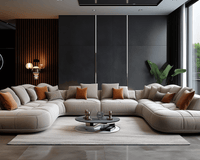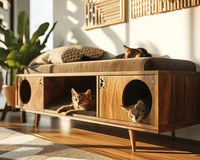Introduction:
In the realm of interior design, mirrors are not mere reflections; they are transformative elements that hold the power to redefine a space. The art of mirror mounting goes beyond functionality; it is a symphony of design and precision that elevates walls from mere boundaries to visual statements. In this comprehensive guide, we embark on a journey through the intricacies of mounting a mirror on the wall. Whether you seek practicality, aesthetics, or a harmonious blend of both, mastering the art of mirror mounting is the key to unlocking the full potential of your living space.
The process involves more than just securing a mirror to a wall; it requires a thoughtful consideration of room dynamics, the selection of appropriate hardware, and a meticulous installation process. From choosing the perfect location to the final adjustments, each step contributes to the creation of a space that reflects not just images but the essence of your style and creativity.
As we delve into the nuances of mirror mounting, envision your living space as a canvas awaiting the brushstrokes of elegance. Whether you're aiming to create a striking focal point or enhance the functionality of a room, this guide provides insights and practical tips to help you navigate the journey with confidence. Let the walls of your home resonate with the timeless elegance that well-mounted mirrors can bring.
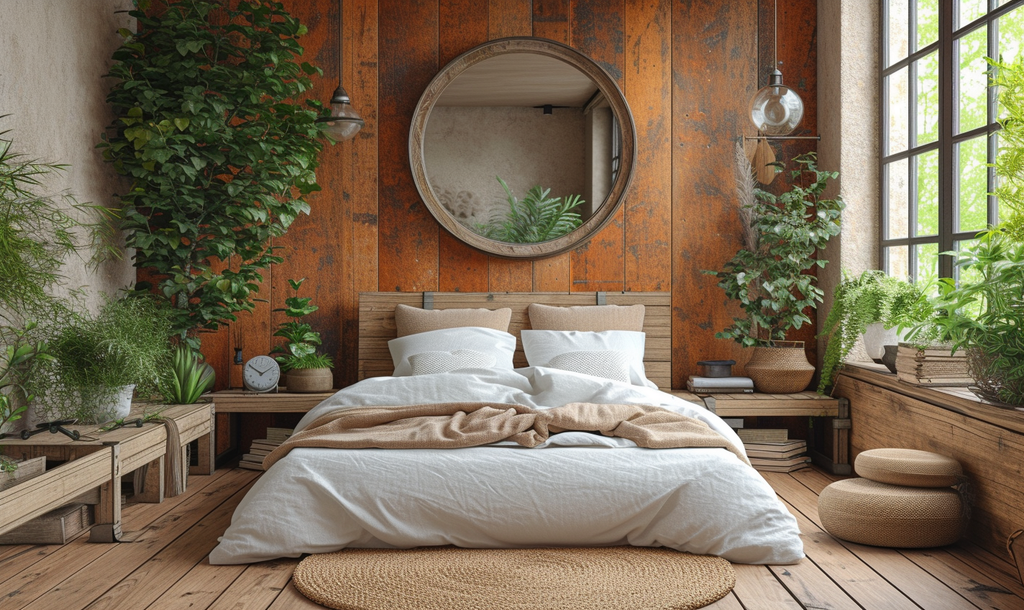
I. Choosing the Perfect Location: The Foundation of Wall Elegance
Selecting the ideal location for mounting a mirror is not merely about finding an empty spot on the wall; it's a nuanced decision that intertwines functionality, aesthetics, and the unique dynamics of your living space. In this section, we'll explore the multifaceted considerations involved in choosing the perfect location, laying the foundation for wall elegance that seamlessly integrates with your lifestyle.
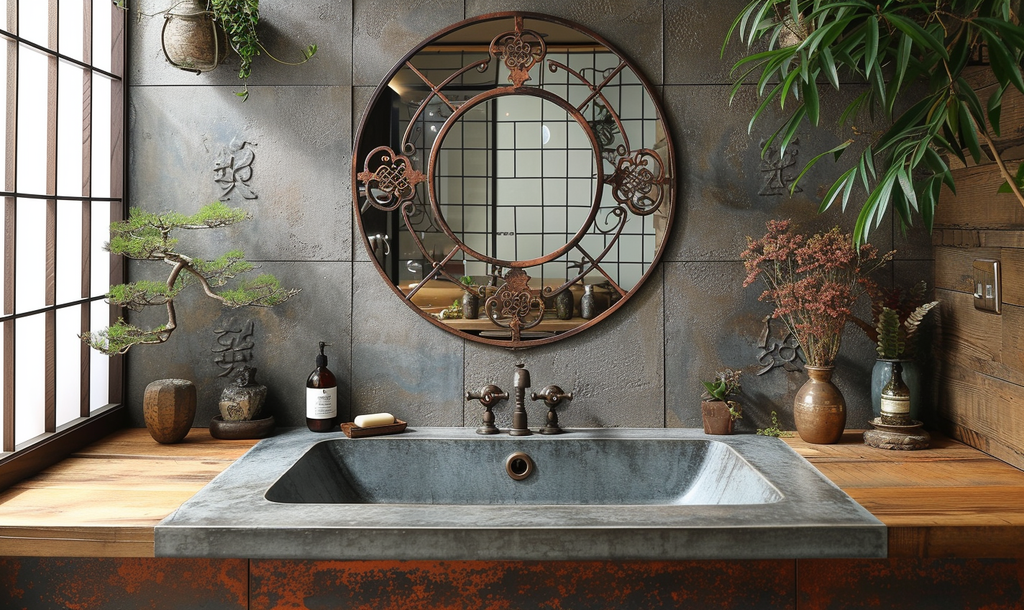
1. Assessing Room Dynamics:
Natural Light and Reflection: Begin by observing how natural light interacts with different areas of the room. Identify spots that receive ample sunlight, as mirrors strategically placed in these locations can enhance brightness and create a vibrant atmosphere.
Room Size and Layout: Consider the overall size and layout of the room. Mirrors have the magical ability to create an illusion of space. Place them strategically in smaller rooms or areas to open up the visual landscape.
Existing Decor Elements: Take note of the existing decor elements in the room. A well-placed mirror should complement the surrounding furnishings and decor, adding to the cohesive aesthetic rather than competing with it.
Practical Functionality: Think about the mirror's intended purpose. Is it primarily decorative, or does it serve a functional role, such as providing a full-length reflection for outfit assessments? Tailor the location based on the mirror's intended use.
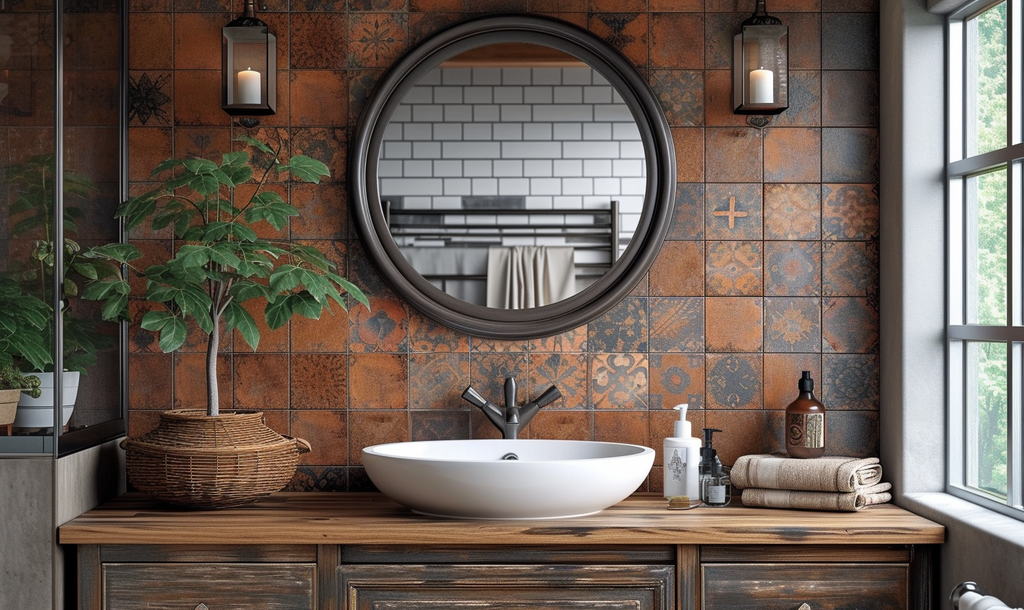
2. Height Considerations:
Eye Level Alignment: The ideal height for mounting a mirror is typically at eye level. For decorative mirrors in living spaces, align the center of the mirror with the average eye level of those using the space most frequently.
Tallest Person's Perspective: In bedrooms or shared spaces, consider the perspective of the tallest person using the mirror regularly. Ensuring the mirror is accessible and provides a clear reflection for all users is key.
Room-Specific Adjustments: In spaces like bathrooms or entryways, where functional considerations are paramount, adapt the mirror's height to suit practical needs. For instance, bathroom mirrors should align with the user's face for ease of use.
3. Wall Material and Weight Capacity:
Identifying Wall Material: Different wall materials require different mounting approaches. Drywall, plaster, and brick necessitate specific tools and hardware. Understanding your wall's composition is crucial for a secure installation.
Weight-Bearing Capacity: Ensure your chosen wall can bear the weight of the mirror. Studs provide sturdier support, but if they aren't available in your preferred location, use appropriate anchors. Distribute the weight evenly to prevent strain on a single point.
Adapting for Different Walls: Walls with varying materials may require adjustments in mounting techniques. Drywall anchors may suffice for lightweight mirrors, but heavier ones might need the stability of stud anchoring or additional reinforcement.
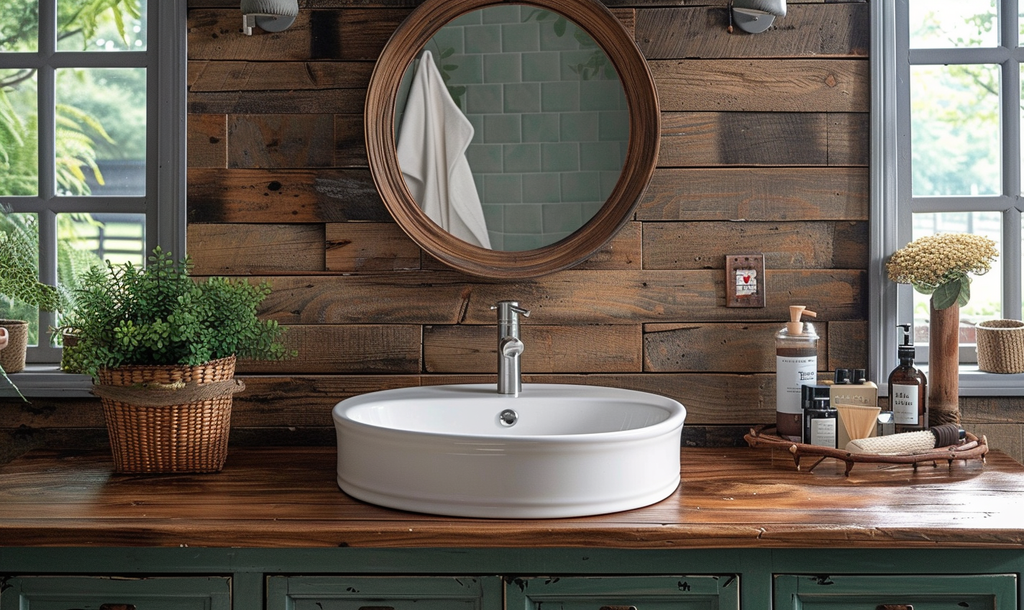
4. Creating Visual Impact:
Experimenting with Placement: Mirrors have the power to become visual focal points. Experiment with different placements to create a striking impact. Consider placing mirrors near sources of natural light or across from windows to amplify their reflective charm.
Playing with Shapes and Frames: Explore mirrors of different shapes and frames to add visual interest. A uniquely shaped mirror or a well-crafted frame can become a statement piece, elevating the overall aesthetic of the chosen location.
Adjusting for Room Dynamics: Tailor the mirror's placement to highlight specific room features. Placing a mirror strategically can accentuate architectural details, artworks, or other elements, contributing to the room's overall elegance.
In essence, choosing the perfect location for mounting a mirror involves a thoughtful blend of practicality and aesthetics. By considering room dynamics, height alignment, wall characteristics, and visual impact, you lay the groundwork for a mirror that not only reflects images but enhances the entire ambiance of your living space. Whether it's a cozy bedroom retreat or a bustling living room, the chosen location becomes the cornerstone of wall elegance, inviting you to enjoy the transformative power of a well-placed mirror.
II. Selecting the Right Hardware: Building a Strong Foundation
Choosing the appropriate hardware for mounting a mirror is a crucial step that goes beyond aesthetics – it's about ensuring stability, safety, and a lasting installation. In this section, we delve into the key considerations when selecting hardware, providing insights to build a robust foundation for your wall-mounted mirror.

1. Types of Wall Anchors:
When it comes to securing a mirror to the wall, the choice of wall anchors plays a pivotal role in determining stability and weight-bearing capacity. Understanding the types of anchors available allows you to tailor your selection to the specific needs of your mirror and wall.
Toggle Bolts: Ideal for heavier mirrors, toggle bolts provide robust support by distributing the weight across a larger area. They are suitable for drywall and offer excellent stability.
Molly Bolts: Molly bolts are versatile and effective for both drywall and plaster. They provide a secure hold by expanding behind the wall upon installation, creating a sturdy anchor point.
Wall Plugs: Commonly used for lightweight mirrors, wall plugs are simple yet effective. They provide additional support for screws, anchoring the mirror securely to the wall.
2. Studs vs. No Studs:
Determining whether you can anchor your mirror directly to a stud or need alternative methods is a crucial aspect of selecting the right hardware. Understanding the benefits and considerations of both approaches ensures a secure installation.
Studs: Anchoring a mirror to a stud offers maximum stability, especially for heavier mirrors. Stud finders help locate these vertical supports within the wall, providing a robust attachment point.
No Studs: In cases where studs are not conveniently located, wall anchors become essential. This approach requires careful consideration of the mirror's weight and the appropriate anchors to distribute the load effectively.
3. Mirror Mounting Brackets:
Mounting brackets serve as the bridge between the mirror and the wall, determining the ease of installation and overall stability. Exploring different types of mounting brackets allows you to align the hardware with your mirror's design and installation requirements.
J-Bars: Commonly used for large mirrors, J-bars provide secure vertical support. They are anchored to the wall, and the mirror rests on the horizontal bar, ensuring even weight distribution.
Clips: Clips offer a minimalist approach, providing discreet support for frameless mirrors. These brackets secure the mirror's edges, allowing it to float seamlessly on the wall.
Adhesive Options: Some mirrors come with adhesive options for mounting, eliminating the need for visible brackets. While suitable for lightweight mirrors, it's essential to follow the manufacturer's guidelines for proper installation.
In summary, selecting the right hardware is akin to choosing the foundation for a structure – it sets the stage for stability and longevity. By understanding the types of wall anchors, considering the presence of studs, and exploring various mounting brackets, you lay the groundwork for a mirror installation that not only enhances the aesthetics of your space but ensures a robust and secure attachment. As you embark on this hardware selection journey, envision a foundation that not only supports your mirror but elevates it to a focal point of strength and elegance on your walls.
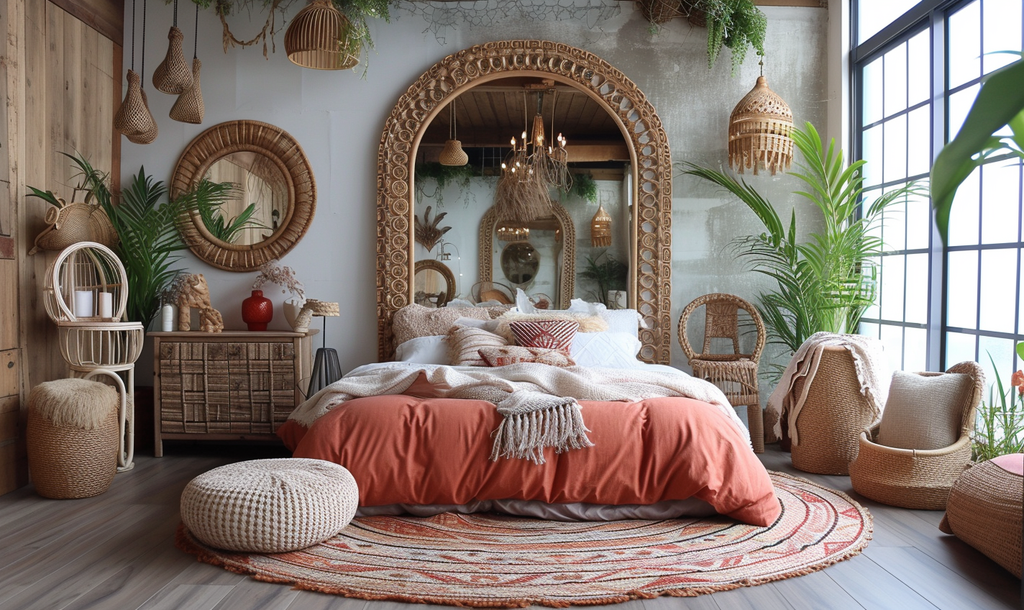
III. Step-by-Step Mirror Mounting Process: Crafting Wall Elegance
Mounting a mirror is not just an installation; it's a transformative process that weaves elegance into your living space. Follow this step-by-step guide to ensure a seamless mirror mounting experience, crafting a wall that reflects both style and precision.
1. Marking and Measuring:
Use a Level: Begin by using a level to mark the desired location for your mirror. This ensures an accurate and straight placement. Align the level horizontally and vertically to create reference lines on the wall.
Measure Twice: Double-check your measurements to confirm the mirror's placement. Precision at this stage is crucial for a well-balanced and visually appealing final result. Measure both the vertical and horizontal distances from adjacent walls or furniture.
Consider Eye Level: If the mirror is intended for practical use, ensure its center aligns with average eye level. This consideration enhances functionality and aesthetic appeal.
2. Preparing and Positioning Hardware:
Install Wall Anchors: Depending on your chosen hardware and wall type, install the appropriate wall anchors. Ensure they are level and firmly secured. For stud-mounted mirrors, use screws directly into the studs for added stability.
Positioning Mounting Brackets: Securely position the mounting brackets or J-bars according to your measurements. Take care to align them accurately with the reference lines, maintaining the desired height and levelness.
Check Weight Distribution: If your mirror has multiple mounting points, distribute the weight evenly across the brackets. This step is crucial for larger or heavier mirrors to prevent strain on individual anchor points.
3. Attaching the Mirror:
Lift and Place: Safely lift the mirror and position it onto the mounting brackets or J-bars. If you have a helper, their assistance can ensure a smoother placement. Take your time to align the mirror with the reference lines and brackets.
Secure in Place: Once the mirror is in position, secure it using screws or clips provided with your chosen hardware. Double-check that the mirror is level and stable. Tighten the screws evenly to avoid uneven pressure on the brackets.
Final Adjustments: Stand back and assess the mirror's placement. Make any necessary adjustments to ensure it aligns with your vision for the space. This step is crucial for achieving the desired visual impact and overall symmetry.
By following these meticulous steps, you not only mount a mirror but craft a focal point of elegance on your wall. The precision in marking, the stability in hardware placement, and the careful attachment of the mirror contribute to an installation that seamlessly blends functionality with aesthetics. As you stand back to admire your newly mounted mirror, revel in the refined elegance it brings to your living space – a testament to your craftsmanship in the art of mirror mounting.
IV. Maintenance and Enhancement: Preserving Wall Elegance
Maintaining the allure of a wall-mounted mirror extends beyond the initial installation. Regular upkeep ensures both the mirror's longevity and the continued enhancement of your living space. Adopt a proactive approach by incorporating these simple practices into your routine:
Regular Cleaning: Keep your mirror pristine by regularly cleaning its surface. A gentle glass cleaner and a soft, lint-free cloth are ideal for removing dust and smudges without causing damage.
Periodic Inspections: Schedule periodic inspections to ensure the mirror remains securely attached. Check the tightness of screws or clips and address any issues promptly to prevent potential hazards.
Updates to Surrounding Decor: As your design preferences evolve, consider updating the surrounding decor. Experiment with seasonal accents, artwork, or lighting to maintain a dynamic and fresh ambiance around the mirror.
Personalization with Frames and Accents: Explore the option of personalization by adding frames or decorative accents. This not only enhances the mirror's aesthetic appeal but also allows you to infuse your unique style into the overall design.
Troubleshooting Tips: Familiarize yourself with troubleshooting techniques. If you notice any misalignment, loose hardware, or issues with the mirror's stability, address them promptly to maintain both safety and visual appeal.
Embrace the mirror not just as a reflective surface but as a dynamic element that contributes to the overall elegance of your space. Through consistent maintenance and thoughtful enhancements, you can ensure that your wall-mounted mirror remains a captivating focal point, reflecting not only images but the enduring sophistication of your living environment.
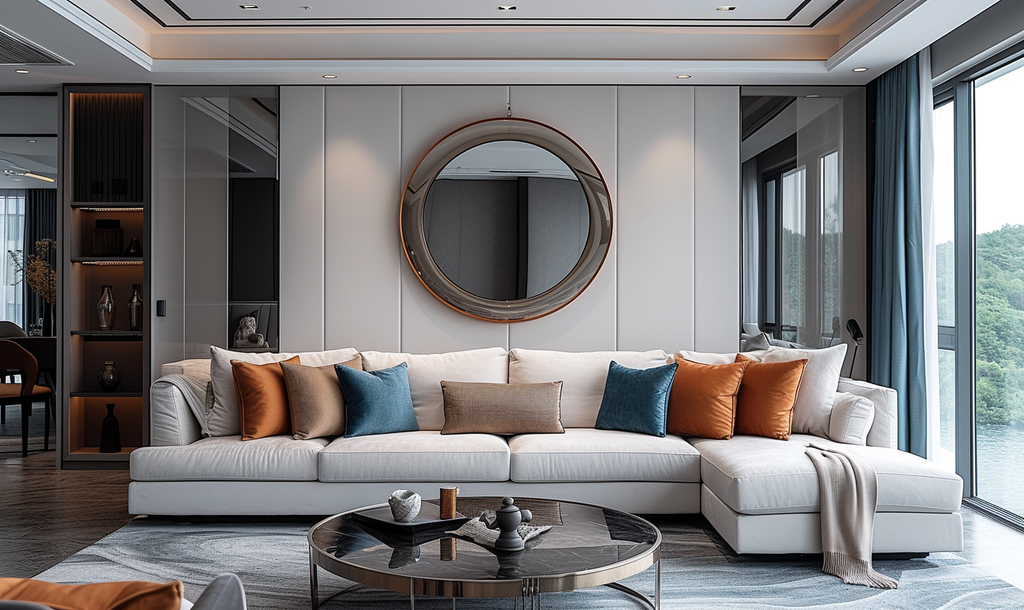
Conclusion: Crafting Timeless Elegance with Wall-Mounted Mirrors
As we conclude our exploration into the art of mirror mounting, the walls of your home stand as witnesses to a transformation that goes beyond the physical. Mounting a mirror is not just an act of installation; it is a declaration of intent to craft an environment that mirrors your personality, style, and aspirations.
With each carefully chosen location, precisely installed bracket, and thoughtful adjustment, you've not only mounted a mirror on the wall but have woven a narrative of sophistication and design. The reflections cast by these mirrors go beyond the surface; they reflect the care and consideration invested in every step of the mounting process.
Consider your living space now – a canvas adorned with mirrors that not only amplify light and create a sense of space but also serve as artistic expressions. The process of mirror mounting is a testament to your ability to blend practicality with aesthetics, creating an ambiance that transcends the ordinary.
As you admire your reflection in these well-mounted mirrors, let it symbolize more than just an image. Let it embody the journey you undertook to transform your space – a journey marked by creativity, precision, and an unwavering commitment to crafting wall elegance. Your home is now a masterpiece, where every mirror is a stroke of design brilliance, and every wall tells a story of sophistication and style. May this newfound elegance serve as an enduring reflection of your unique taste and the artistry embedded in every corner of your home.
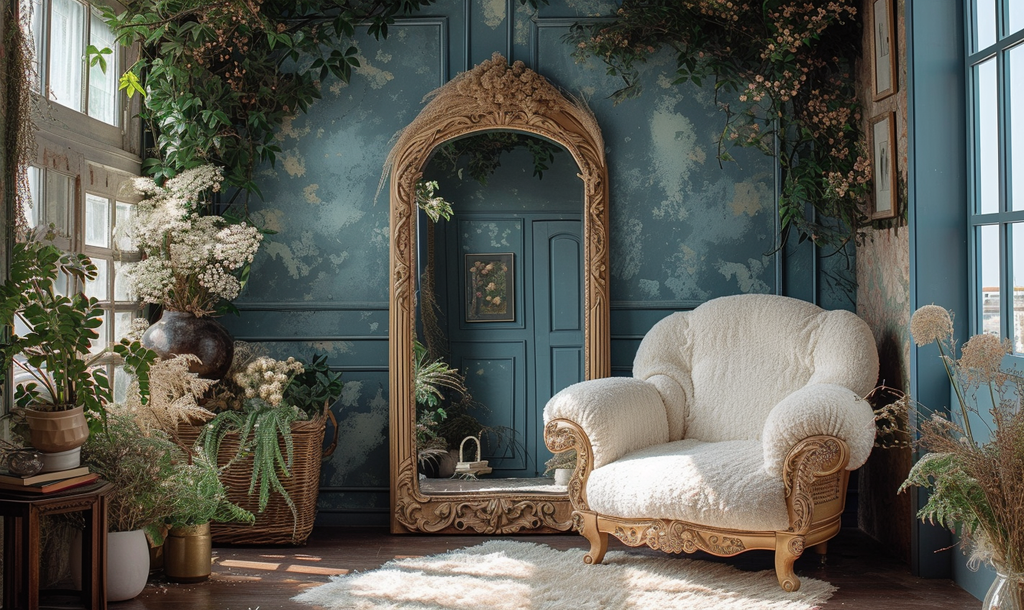
Call to Action: Craft Your Wall Elegance Today!
Now armed with the knowledge to master the art of mirror mounting, the call to action is clear – it's time to craft your wall elegance. Take a moment to assess your living space, envision the possibilities, and choose a mirror mounting project that aligns with your aspirations. Here’s how you can embark on this transformative journey:
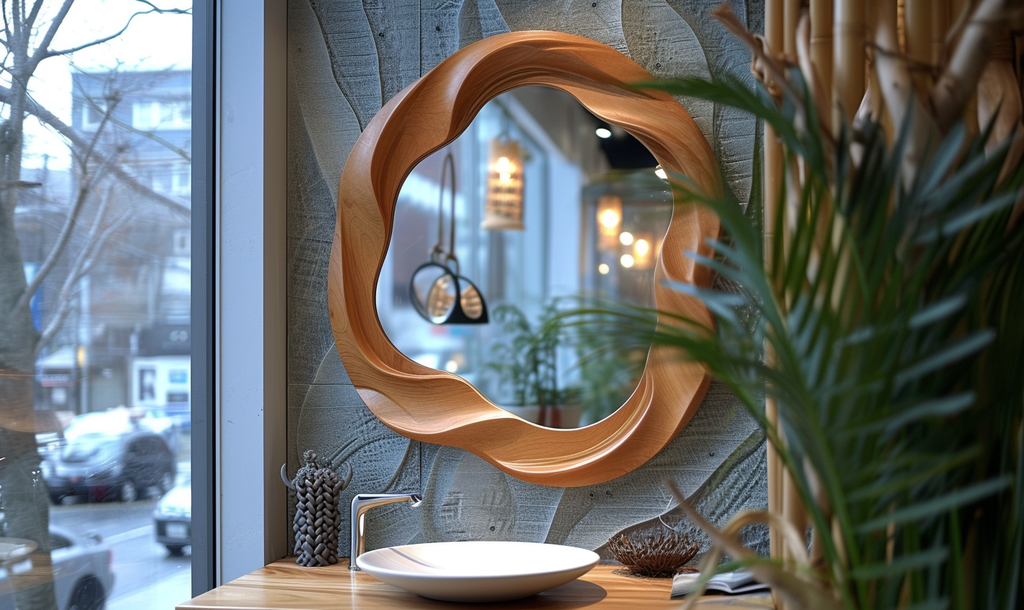
1. Choose Your Mirror:
Explore local stores or online platforms to discover a mirror that resonates with your style. Consider size, shape, and frame design to complement your existing decor.
2. Plan Your Placement:
Assess the dynamics of your room. Where does natural light fall? How will the mirror interact with other elements? Plan a location that maximizes both aesthetic appeal and functionality.
3. Gather Your Tools:
Assemble the necessary tools – a level, measuring tape, drill, and selected mounting hardware. Ensure everything is ready for a seamless installation process.
4. Share Your Journey:
Document your mirror mounting journey on social media platforms or home improvement forums. Share insights, before-and-after pictures, and any creative twists you added to inspire others embarking on similar projects.
5. Explore Further Design Enhancements:
With your mirror elegantly mounted, consider further design enhancements. Experiment with lighting, add decorative accents, or refresh the surrounding decor to amplify the transformative impact.
Share your achievements, seek advice, and revel in the satisfaction of crafting an elegant space. Your journey doesn’t end with mirror mounting; it extends into a realm of continuous improvement and personal expression. By taking action today, you're not just mounting a mirror; you're sculpting the ambiance of your home. Elevate your living space, inspire others, and let your walls become a canvas of everlasting elegance!
FAQs: Addressing Common Mirror Mounting Queries
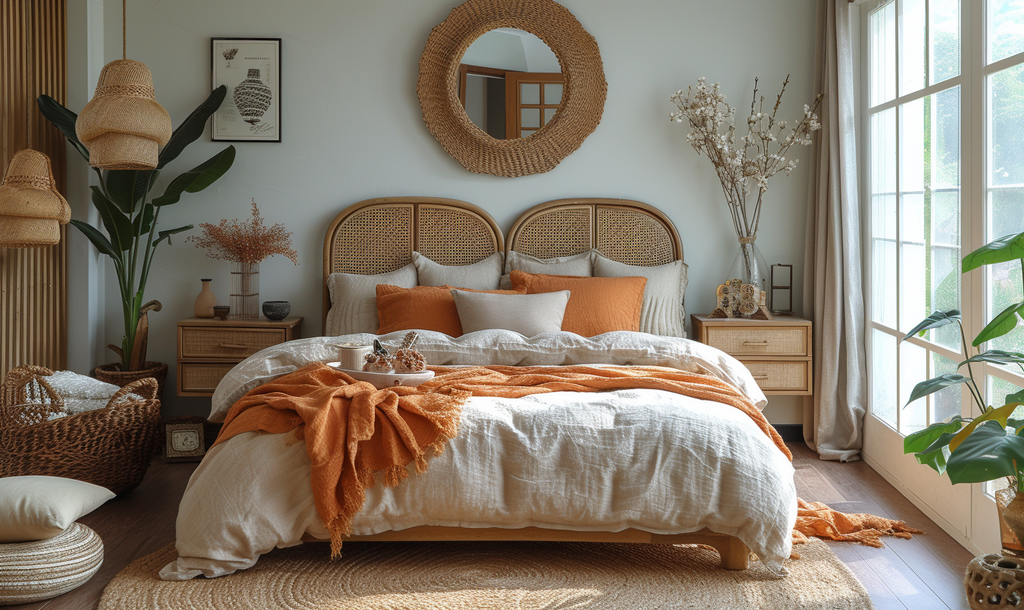
1. Can I mount a heavy mirror on drywall without studs?
Answer: Mounting a heavy mirror on drywall without studs requires careful consideration. Use sturdy wall anchors designed for drywall, ensuring they can support the mirror's weight. Alternatively, seek professional assistance to assess the feasibility and safety of drywall mounting.
Additional Tips:
Choose anchors with a weight capacity exceeding that of your mirror.
Distribute the weight evenly by using multiple anchors.
2. What is the ideal height for mounting a bathroom mirror?
Answer: Mounting a bathroom mirror at eye level is ideal for practicality and aesthetics. Consider the average eye level of users and adjust the mirror's height accordingly. Ensure the mirror complements other elements in the bathroom, such as the vanity and lighting fixtures.
Additional Tips:
Account for variations in users' height when determining the eye-level placement.
Take into consideration the mirror's size and the overall design of the bathroom.
3. Can I use adhesive strips to mount a mirror?
Answer: Adhesive strips are suitable for lightweight mirrors. Ensure the strips have a weight capacity that matches or exceeds the mirror's weight. For larger mirrors, consider using additional anchoring methods, such as wall anchors or brackets.
Additional Tips:
Clean the wall surface thoroughly before applying adhesive strips.
Follow the manufacturer's instructions for maximum weight capacity.
4. How do I fix a mirror that is not level after mounting?
Answer: If a mirror is not level after mounting, adjustments can be made. Use a level to identify the unevenness and then adjust the mounting brackets or anchors accordingly until the mirror is level.
Additional Tips:
Check the levelness during the installation process to catch any issues early.
If the problem persists, reevaluate the placement of mounting brackets and make necessary corrections.
5. Is professional installation necessary for large or ornate mirrors?
Answer: Professional installation is recommended for large or ornate mirrors. Experienced installers can ensure proper weight distribution, precise alignment, and the overall safety of the mirror.
Additional Tips:
Seek recommendations for reputable professionals with expertise in handling large or ornate mirrors.
Professional installation is an investment in the longevity and aesthetic appeal of valuable mirrors.





